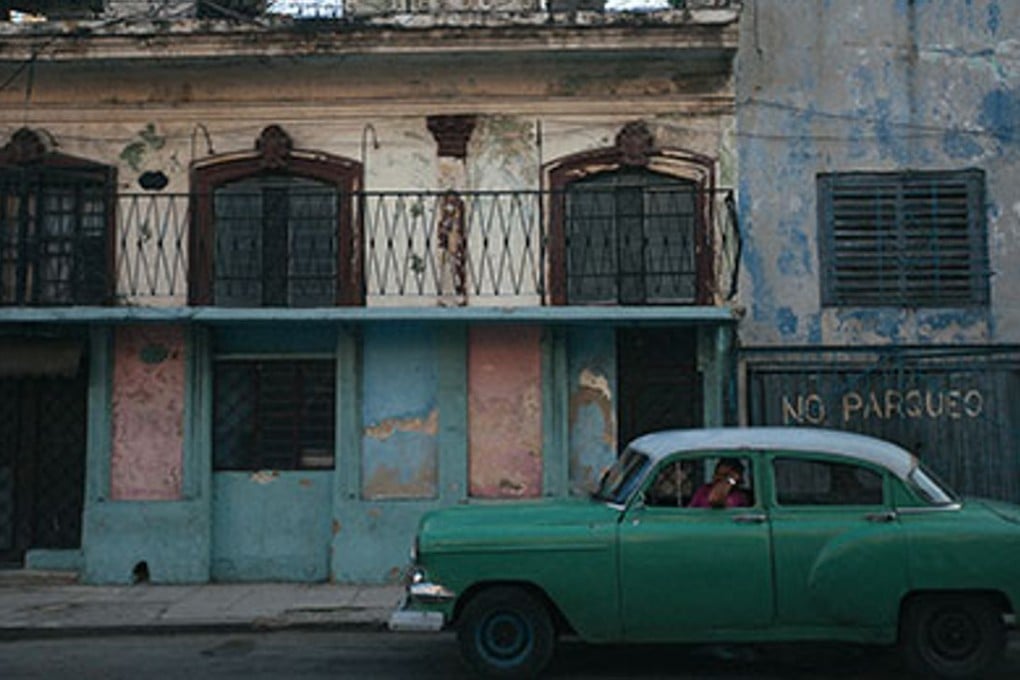Cuba’s Chinatown bears the ghosts of the past, and hope for the future

Cuba’s Barrio Chino De Havana is one of the oldest and largest Chinatowns in Latin America. Yet this once vibrant neighbourhood has been in decline for decades. Many Cubans of Chinese descent fled the island nation soon after Fidel Castro’s 1959 revolution.
Louis Chan, 61, is a painter and designer in Havana. His parents emigrated from Guangdong, China, to escape hardship and seek their fortune.
“What would one like?” asks Chan. “The return of those old prosperous times with the aromas of foods, with the natural fragrances of an Asian place, and with the customs, but… to get it all back we need the boots of Chinese coming to Havana.”
Watch: Havana’s fading Chinatown: One Cuban-Chinese man’s hope for a revitalised culture
Why Chinese people came to Havana
After slavery was outlawed throughout the British Empire in 1833, Cuba became one of the places the British relied on for unskilled Chinese coolies instead of African slaves for much of the most difficult physical labour. Starting in 1847, around 120,000 Chinese – all or virtually all of them men – arrived from southern China and signed five- to eight-year contracts. Treatment of coolies in Cuba was harsh. Up to 75 per cent died before the end of their contracts.
Toward the end of the 19th century, some 5,000 Chinese Americans migrated to Cuba hoping to escape discrimination. At the beginning of the 20th century, a wave of Chinese immigrants settled there after fleeing political chaos in China.
After Castro’s communist revolution in 1959, many Chinese were fearful of having their businesses confiscated and left Cuba to settle in the United States.
“The Chinese colony in Cuba increased and grew until 1959 when immigration started to fall … we can say that there is neither a flourishing Chinatown nor a significant population of Chinese in Cuba. What is left is the essence, one per cent Chinese in the Cuban race,” Chan says.